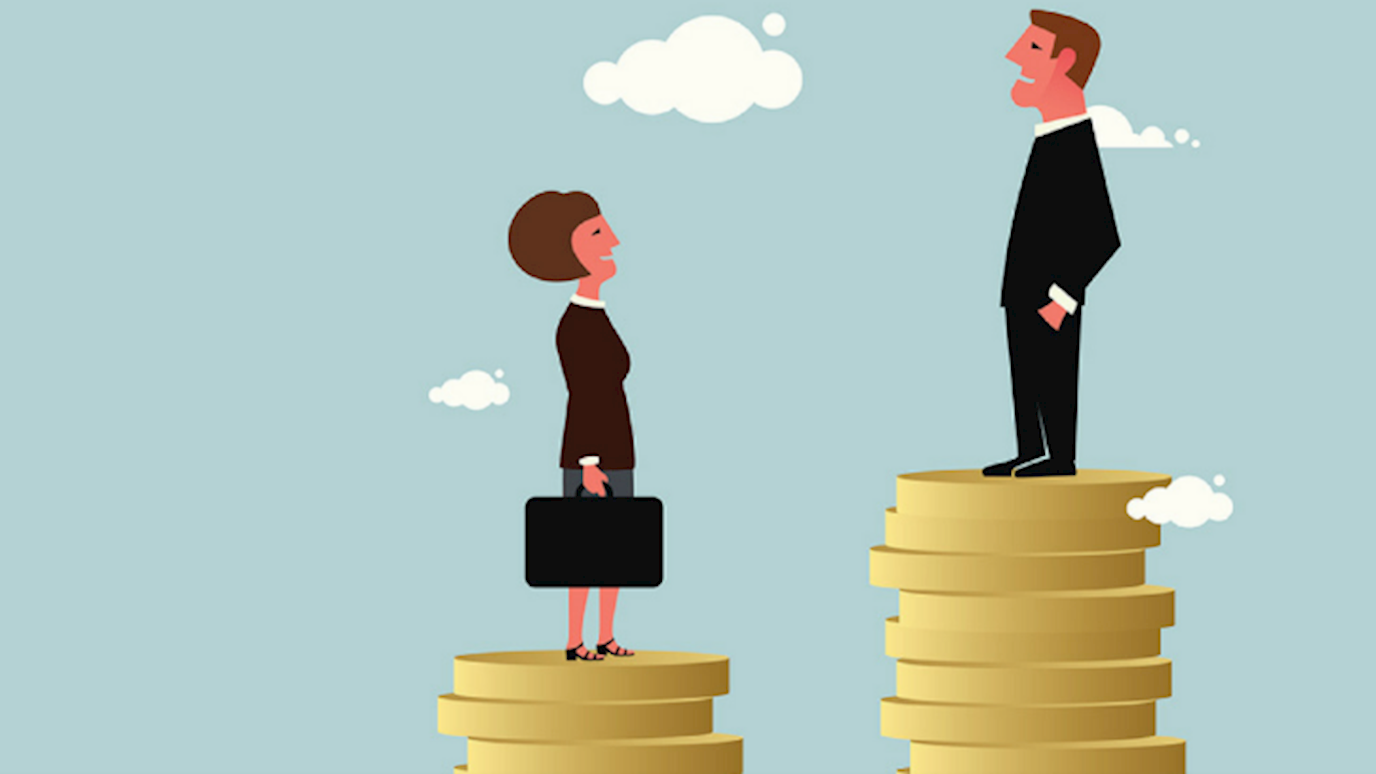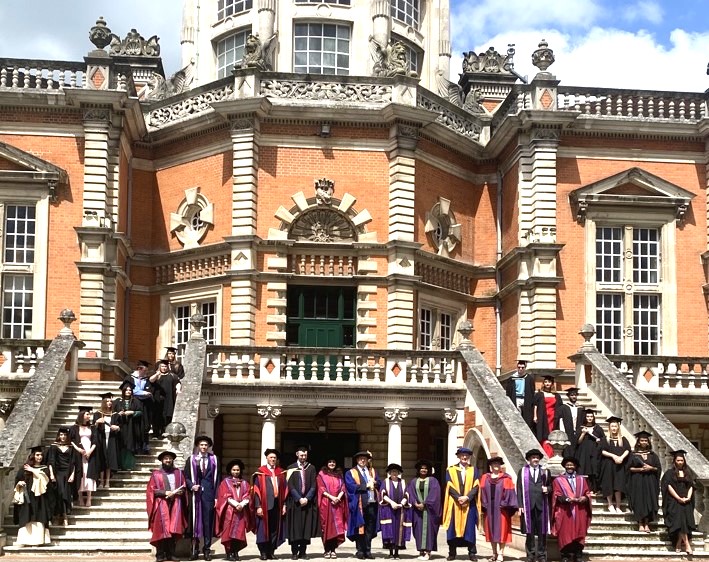The gender pay gap measures the difference between average (median) hourly earnings of men and women, usually shown by the percentage men earn more than women.

A picture of a businesswoman and a businessman standing on a pile of coins, the man's pile being higher than the woman's.
The UN General Assembly declared 18 September International Equal Pay Day, to raise public awareness towards ensuring that work of equal value is equally paid, and that any discrimination against women in the job market is removed.
According to the UN, across all regions, women are paid less than men, with the gender pay gap estimated at around 20% globally.
Dr Rita D’Alton-Harrison (Senior Lecturer in Law) draws on the British history of women’s fights for filling the gender pay gap, as well as on the statutory developments in the area. Her analysis highlights the successes of these campaigns but also the many changes that are still needed to achieve true equality of pay and working conditions between men and women in the UK. Her article is available here.
This article was written for International Pay Day 2022 (18 September 2022). However, following the death of Her Majesty The Queen, the publication of this article and the related news was postponed to 20 September 2022.
























